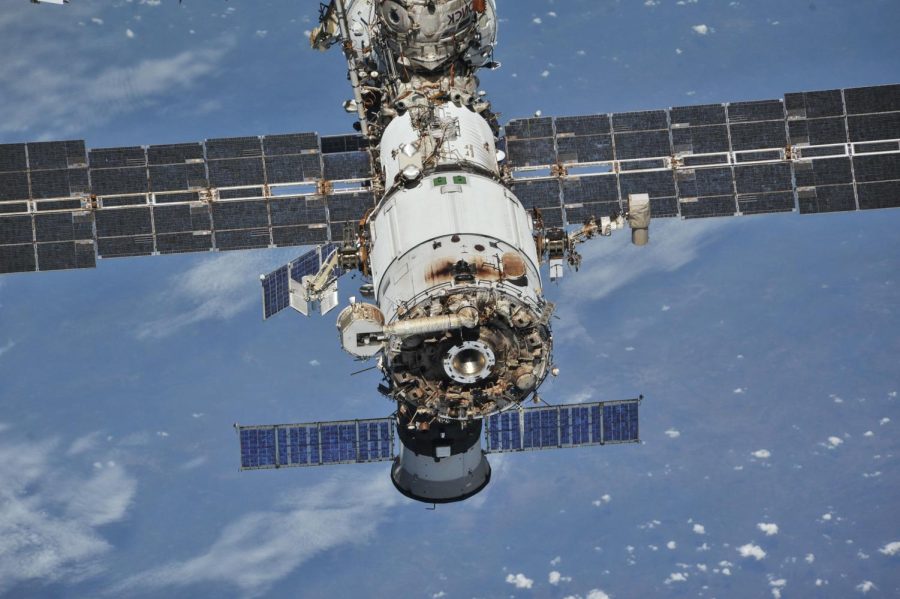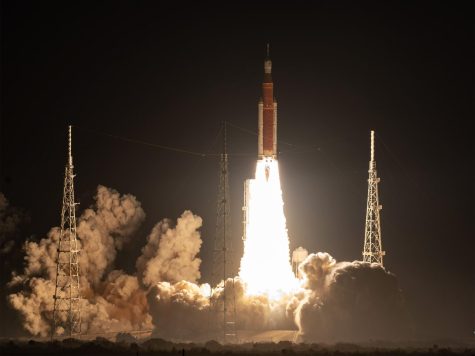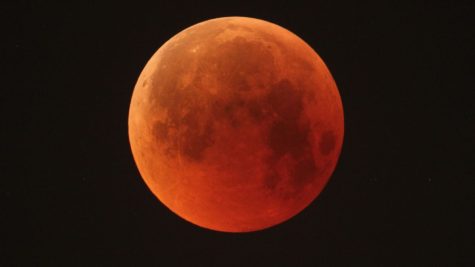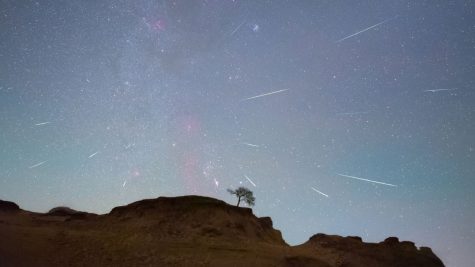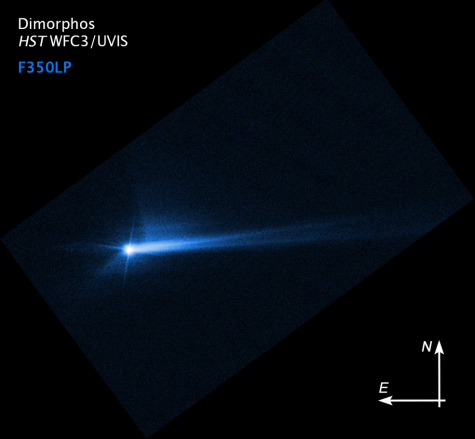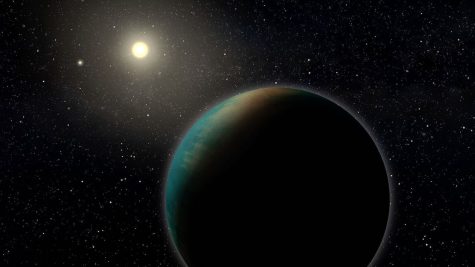Russia pulls out of ISS, will build separate station
The fall of the USSR marked a new era in their international relations. With the ongoing Ukraine invasion and rising global tensions, it seems that the era has come to an end in space. Russia plans to pull out of the International Space Station after 2024 and build its own station.
The ISS, which first became operational in 1998, includes NASA (United States), Roscosmos (Russia), JAXA (Japan), ESA (Europe), and CSA (Canada). Thousands of scientific studies have been jointly conducted in the research laboratory, but the fallout between Roscosmos and its collaborators first began when the Kremlin started politicizing the ISS and threatening to pull out over Western sanctions from the war in Ukraine. Since then, this has extended beyond the ISS. Roscosmos’ ties with the ESA have soured completely, ending plans for a space rover to Mars altogether. This clouds Russia’s future in space despite their long history of space exploration during the Cold War, and also raises questions over space security with the return of Cold War-like space competition.
Historically, Russia has played a key role in the ISS, such as boosting it multiple times a year so it can remain at the same altitude and building key parts that make up the space station. Russia and the U.S. also participate in daily routines at the ISS, which will most likely be taken over by another space agency after Roscosmos’ departure.
Despite Russia’s pullout, NASA has reassured their commitment to the ISS, and it will continue to function regardless of further conflict.

